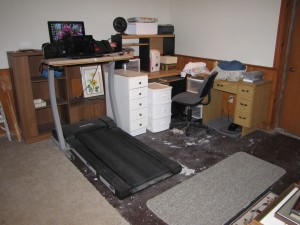 The summer is passing by too quickly–as usual. I hope you’ve been enjoying every moment and finding time to write and enjoy family and friends. We’ve had heat and drought here with shriveling crops and yellow grass in abundance. It’s been a real challenge to stay focused and creative while trying to keep cool. I’ve been working on an ebook of writing prompts that I hope to release via Smashwords in the next week or so. It will include some prompts that I’ve already published, but over half are new. I look forward to telling you more about it soon. Until then, here are some writing starters for August.
The summer is passing by too quickly–as usual. I hope you’ve been enjoying every moment and finding time to write and enjoy family and friends. We’ve had heat and drought here with shriveling crops and yellow grass in abundance. It’s been a real challenge to stay focused and creative while trying to keep cool. I’ve been working on an ebook of writing prompts that I hope to release via Smashwords in the next week or so. It will include some prompts that I’ve already published, but over half are new. I look forward to telling you more about it soon. Until then, here are some writing starters for August.
a) Dictionary.com gives these definitions for august: 1.inspiring reverence or admiration; of supreme dignity or grandeur; majestic: an august performance of a religious drama. 2. venerable; eminent: an august personage. What or who inspires your reverence or admiration? If you are creating a character that inspire admiration, what traits does he or she have? Have you ever met someone or would you like to meet someone who could be described as venerable or eminent? Who is this person? Describe him or her.
b) Brainstorm around the word dry. Here are a few ideas to get you started–bone dry, dry out, dry as a desert, parched, dry dock.
c) Here are a few opening lines you might try.
1. A thick screen of ivy wrapped the walls.
2. I lost it.
3. All the frames held photos, except one.
4. I planned to be finished in an hour.
5. Some women attract men; I attract stray cats.
d) Use one, some, or all of the following words in a story: gem, cup, cord, lash, switch, candle.






